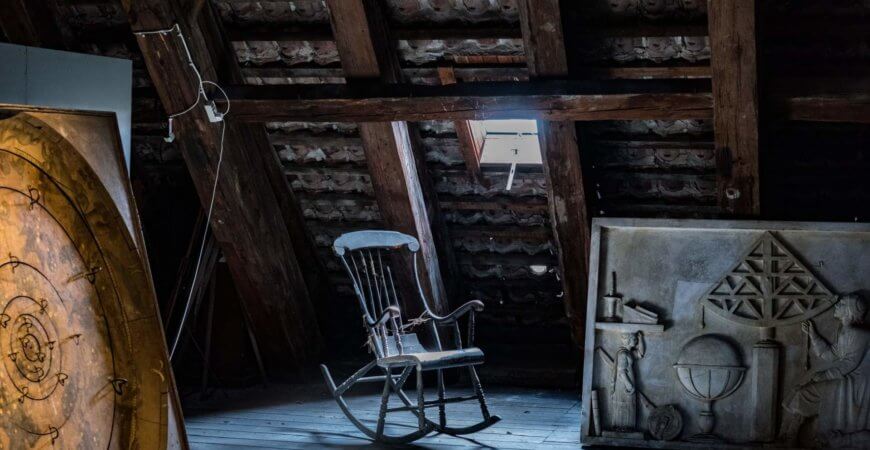Scrap metal recycling, collection - Trans Metal London
01.
The Company
We are based in London and we provide fast, free and fair mobile scrap metal collection services to commercial and construction sites and domestic properties.
02.
Our History
Trans Metal is a family business, set up in 2008, is a young company constantly striving to better themselves in the type and quality of services offered.
03.
Our Mission
Our mission is to ensure that that scrap metal is rarely discarded or sent to landfills. In 2005, 13 million tonnes of metal was recycled in the UK.
04.
Our Values
Constantly striving to better themselves in the type and quality of services offered. We listen to our clients and are flexible in finding tailor-made solutions.
Our Company
As proud owners of the Scrap Metal Dealer Licence we are obliged to meet the best required standards of our collection processes to ensure our clients’ security and satisfaction.

We collect
Metals, especially steel and aluminium, are easily recyclable materials. Worldwide, over 400 million tonnes of metal is recycled each year. When you have a car that doesn’t work, household appliances that you don’t know how to get rid of, stainless steel items, auto parts, doors or windows blocking your driveway, recycling is your answer.

Our offer
As proud owners of the Scrap Metal Dealer Licence we are obliged to meet the best required standards of our collection processes to ensure our clients’ security and satisfaction. This is why we weigh the load at the collection point and pay only via secure bank or cheque.To find out more about the Scrap Metal Dealer Licence official requirements, click here.

Our quarantee
We are proud to say that most of our work comes from the word of mouth and private recommendations. To us, our company reputation is of the outmost importance. This is why we only take on jobs only when certain that we can carry them out the way that we would like to be serviced ourselves.

Our achievements
The industry employs over 8,000 people and makes a net contribution to UK balance of trade. Trans Metal have been a vital part of this industry since 2008. During that time, we have collected over 1,680 tonnes of scrap metal, serviced more than 14,560 customers and saved over 1,500 tonnes of valuable natural resources.
Rubbish removal - Trans Metal London
When it comes to keeping your property clean, one of the most important elements is rubbish removals. Whether you’re looking for help with house clearance, commercial clearance, of clearance of construction waste, rubbish removal services are something that can make your life easier.
At Trans Metal, we offer some of the most reliable rubbish removal services in London, available at some of the best prices around, Whether you’re looking for a rubbish collection service in Barnet, Harrow, Enfield, Wembley, or any other London area, you can count on us to do it for you. With over ten years of experience and a reliable team performing our tasks, we can offer a service that’s guaranteed to leave you satisfied. We always aim to give every order our very best, with our team members approaching every client individually, adjusting our rubbish removal service to suit your every need. You can count on us to deliver effective rubbish clearance that will leave your property clean and tidy.
House clearance
Trans Metal offers a comprehensive house clearance service to all of its London clients. Whether you live in Harrow, Wembley, Southgate, Edgware, or anywhere else within the Area, you can be sure you’ll receive the best house clearance available. We can help you dispose of any old furniture, electronic equipment, and any other house waste that’s hard to dispose of normally, so don’t hesitate – call us today!
Rubbish removal
Whether you’re simply running a home or a larger area, it goes without saying that rubbish will eventually pile up and the quickest, most effective means of disposing of it is by means of professional service. With Trans Metal, you can count on some of the most effective rubbish removal services available in many London areas, including Harrow, Southgate, Edgware, and many more.
Commercial clearance
Managing a commercial area comes with its own set of responsibilities, and this includes handling rubbish clearance. Commercial rubbish may be more problematic to dispose of on your own, partly due to the fact that it is much bigger in scope than domestic rubbish, which is why commercial clearance service can make such a big difference. Check out Trans Metal’s offer and see for yourself!
Builders clearance
Construction sites generate a lot of waste that is hard to dispose of. Construction parts, soil, rubble – all these items can be heavy and difficult to remove through traditional means. With a trained team of experts and access to a wide range of vehicles, Trans Metal offers a reliable builders clearance service that can help you in the event of a construction, refurbishment, house extension, etc.
See what's on our blog?

How to get rid of old furniture

Why Can’t You Recycle Paper Coffee Cups?
We provide

Commercial sites and domestic properties clearance

Flexible times for collection, 7 days a week

Accurate electronic weighting
FAQ
Metal recycling
A lot of scrap metal can be reused in construction, manufacturing, furniture, as well as in order to produce new, stronger metals. By properly disposing of your aluminium, copper, brass, steel, iron, etc., you can help create new metal objects at a lower cost.
Mining new metals from the Earth’s crust is a very invasive, costly, and time-consuming process. This, combined with the fact that metals are a finite resources, suggests that by recycling old metals, not only can everyone save a lot of money, but we can also waste less precious materials, resulting in more sustainable living all around.
As a general rule, all ferrous metals, such as engineering grade carbon steels and other types of steel, can be recycled.
Rubbish removal
The price for our services is constantly changing, as it depends on a number of factors, including the current market rates for waste per tonne. Nevertheless, we always do our very best to ensure that our clients get the best possible rates for our services. Check out our current prices here.
We work seven days a week and start work at 6 am. We are at your disposal until late into the evening. If you make an appointment ahead of time, we can be there at whatever time you like.
No, there isn’t. We utilise a great variety of vehicles to accommodate to projects of different scales. No matter how big or how small the amount of waste you want removed is, you can count on us to remove it for you.
